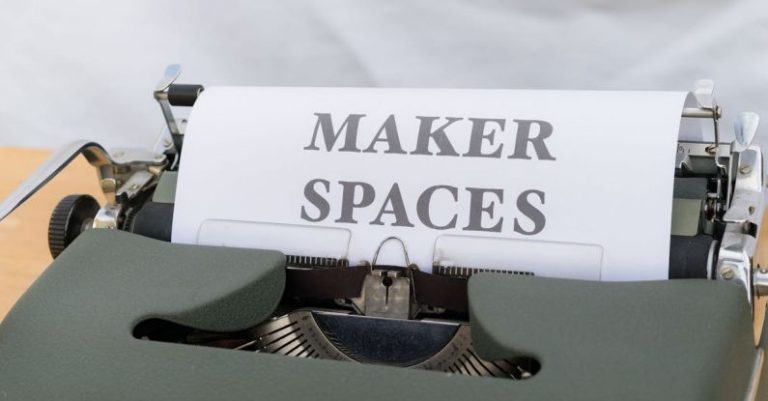Which New Technologies Are Impacting Pottery Crafts?

In the world of pottery crafts, tradition and innovation often collide to create stunning works of art. Over the years, advancements in technology have revolutionized the way pottery is created, pushing the boundaries of what is possible in this ancient craft. From 3D printing to digital design tools, new technologies are making a significant impact on the world of pottery. Let’s explore some of the key innovations that are shaping the future of pottery crafts.
Digital Design Tools
One of the most significant advancements in pottery crafts is the use of digital design tools. These tools allow artists to create intricate and complex designs with precision and accuracy. By using computer-aided design (CAD) software, potters can experiment with shapes, patterns, and textures in ways that were previously impossible. This technology not only speeds up the design process but also opens up a world of creative possibilities for artists.
3D Printing
3D printing has brought a new dimension to pottery crafts. This technology allows artists to bring their digital designs to life by printing them in three dimensions. By layering materials like clay or porcelain, artists can create intricate and detailed pottery pieces that were once only possible through traditional handcrafting methods. 3D printing not only saves time but also allows for greater precision and consistency in the final product.
Augmented Reality
Augmented reality (AR) is another technology that is making waves in the world of pottery crafts. By overlaying digital information onto the physical world, AR enables artists to visualize their designs in real-time and make adjustments on the fly. This technology is particularly useful for pottery artists who want to experiment with different shapes, colors, and textures before committing to a final design. AR is revolutionizing the creative process by providing artists with a new way to interact with their work.
Robotic Assistance
Robotic assistance is changing the way pottery is created by automating certain aspects of the process. From shaping clay to glazing pottery, robots are being used to streamline production and improve efficiency in pottery studios. While some traditionalists may be wary of this technology, robotic assistance allows artists to focus on the more creative aspects of their craft while leaving repetitive tasks to machines. This not only saves time but also ensures a higher level of consistency in the final product.
Smart Kilns
Kilns are an essential tool in pottery crafts, used to fire clay and create durable ceramic pieces. Smart kilns are equipped with sensors and digital controls that allow artists to precisely monitor and adjust the firing process. By providing real-time data on temperature, humidity, and airflow, smart kilns ensure that pottery pieces are fired to perfection every time. This technology not only improves the quality of the final product but also reduces the risk of errors during the firing process.
Conclusion:
As technology continues to evolve, the world of pottery crafts is being transformed in exciting new ways. Digital design tools, 3D printing, augmented reality, robotic assistance, and smart kilns are just a few examples of the innovations that are shaping the future of pottery. By embracing these new technologies, artists can push the boundaries of their creativity and create pottery pieces that are more intricate, precise, and innovative than ever before. As we look to the future, it is clear that technology will continue to play a crucial role in the evolution of pottery crafts, blending tradition with innovation to create truly remarkable works of art.





